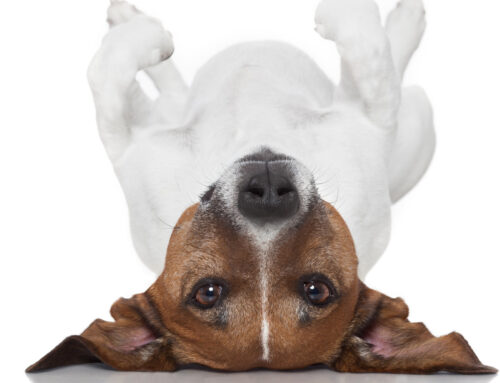In most cases, short haired dogs are known for shedding their hair more than long haired ones. This is usually due to most short haired dogs having no winter coats. Also, the hair of most dog breeds with short hair is continuously growing which makes their hair growth life cycles move much faster.
However, it may seem to some people that long-haired dogs shed more than short-haired dogs because it is more visible to see long hair that has shed all over the house.
Another factor that determines shedding levels in dogs is dependent on the number of coats of hair a dog has. Dogs with single coats have only one single layer of hair covering their skin. In most cases, dogs shed their hair seasonally. For most dogs with single coats of hair, they do not shed seasonally, but shedding happens yearly for them.
Dogs with double coats of hair, on the other hand, are more susceptible to seasonal shedding. It is important for some dog breeds to shed their hair since it is essential for their health. For those people who do not want to be burdened with maintaining the hair of their dogs, they should choose specific breeds that undergo minimal shedding.
Excessive Shedding of A Dog’s Hair
As discussed, it is healthy for dogs to shed their hair. However, there are times that dogs are shedding more than the usual amount of hair or are shedding more frequently than usual. Dog owners will be able to tell the difference if they have been able to spend a significant amount of time with their dogs. When dogs are shedding excessively, they should be brought to veterinary clinics.
A common reason that a dog may be shedding so much hair is because of poor nutrition. Dogs need certain nutrients for them to be able to maintain healthy coats of hair. Dogs should be fed with foods that barely meet the minimum quality requirements of protein and minerals. Depending on the size of the dog, it may need to be fed more foods filled with high-quality composition.
For those dogs following healthy diets but are still shedding excessively, they may be reacting to parasites, fungi, allergy, pregnancy, or some types of serious illnesses. A veterinarian will be able to diagnose these things so that your pet dog will be able to avoid any serious health risks.
Maintenance To Protect Your Dog’s Hair
Since dogs should not stop shedding their hair for obvious health reasons, shedding can be managed to prevent hair from shedding all over your house. If you have family members who may have allergic reactions to dog hair, then this makes it more important for you to control where your dog sheds its hair. Remember that it is not the actual hair that causes allergic reactions for people. Dander, a flake of dead skin, is known to be the one that gives people allergic reactions. Dander is known to stick on to the hair of a dog. You may refer below for some maintenance tips to manage the shedding of your dog’s hair:
- You should research the type of coat your dog has. This is crucial since each dog has a unique coat of hair. You may need to find out different methods to maintain the hair of your specific dog.
- You may use a bristle brush to maintain your dog’s hair. Bristle brushes are known to be effective for all types of coats.
- If you have a dog with a curly or wooly coat, you may need to use a wire pin brush to detangle its hair.
- For dogs with longer hair or double coats, it is advised that you use a coat rake, shedding tool or a slicker brush. These tools will make it possible to reach the inner coat of the dog.
- When brushing the hair of the dog, you must do it in both directions to loosen the hair. You must do this before you pull them in the direction of the hair growth.


Leave A Comment